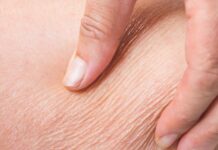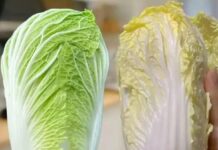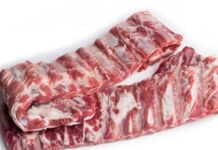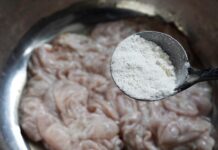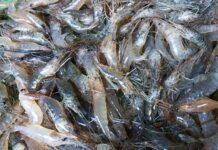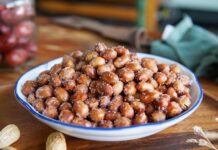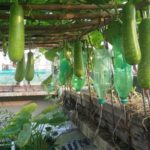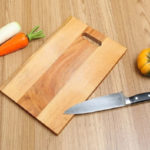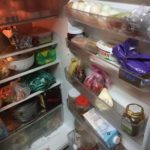Usually, when buying native chickens or country chickens, when we slaughter the chickens, we will find some chickens with yellow-colored fat deposits in their abdomen, which feel quite heavy.
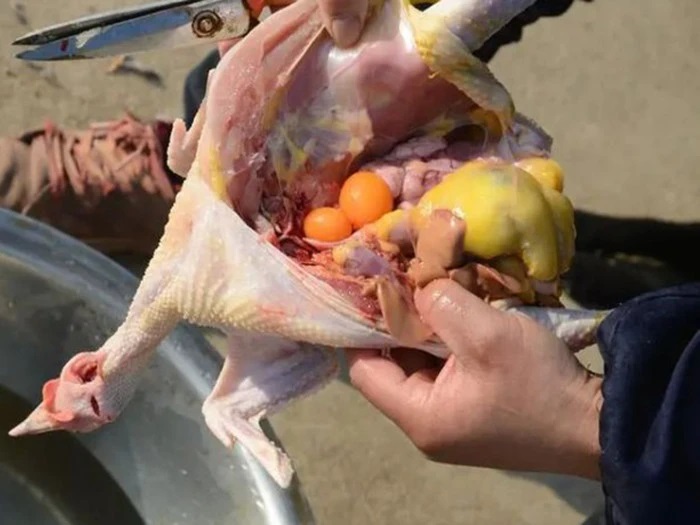
Many people wonder that if they buy a chicken with such heavy fat deposits, it must have a hole. However, sophisticated eaters and especially farmers in the countryside know that these are “treasures” that cannot be bought even with money.
Why is there fat in the chicken’s abdomen?
First of all, we need to clarify that in normal cases, chickens’ digestive system does not produce this fat deposit. Therefore, if you find it in the chicken’s abdomen, it is likely that the chicken has been fed with grains (corn, rice, wheat…) so the meat is very firm, rich in fat and carotenoids, which creates the shiny yellow color of the chicken fat in the stomach. The larger the fat deposit, the longer the chicken has been raised.
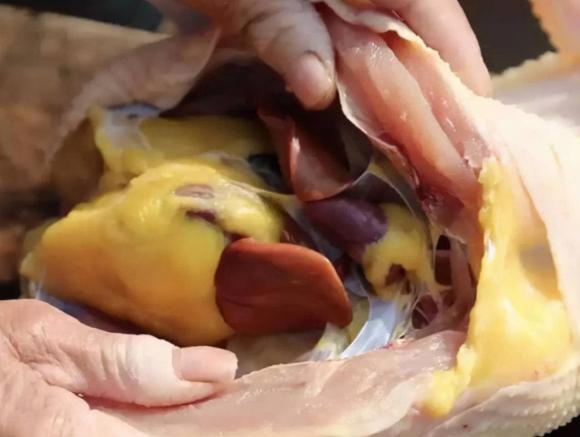
In general, only naturally raised chickens in gardens or forests have fat deposits in their abdomen, artificially raised chickens in farms do not. This can be explained by two reasons:
– The feed for poultry farming in general is protein-rich, low in fat, mainly for rapid growth of chickens.
– The growth cycle of farm-raised chickens is very short, usually sent to the market at around 42 days of age, so it is difficult for them to accumulate fat in their abdomen.
Many people don’t know what to do with such fat deposits and simply throw them away, which is a waste. Similar to pork fat, chicken fat is not only fragrant but also has high nutritional value, containing a lot of protein, fat, and essential nutrients for the human body. It has the function of supplementing nutrition, improving physical fitness, beautifying the skin, and having a good taste, it is very beneficial for the body.
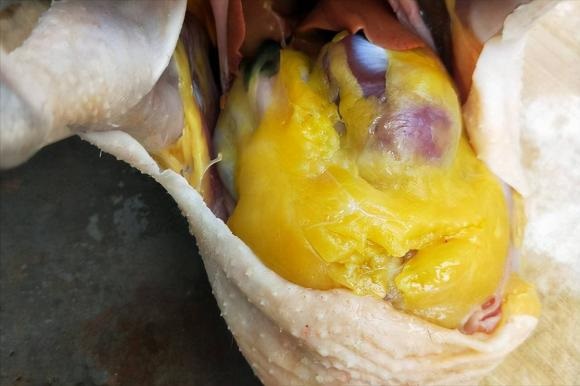
However, there are some points to note:
Food safety: Ensure a reliable source of chickens and a hygienic slaughter process.
Food quality: The fat must be of good quality, not expired or contaminated.
However, chicken fat cannot be eaten directly, it needs to be refined into liquid fat before consumption. Cut the chicken fat into small pieces, add minced purple onion, finely chopped ginger, mix well, heat until the fat melts, then strain to remove impurities and pour into a jar for refrigeration and gradual use.
8 Common Mistakes People Make with Cutting Boards
Are you using your cutting board correctly? Many Vietnamese households rely on cutting boards in their kitchen, but not everyone knows how to use them properly, especially when it comes to wooden cutting boards. Check out these 8 mistakes to avoid when using a cutting board to ensure both hygiene and safety for everyone in your family.
Is Refrigerated Leftovers Linked to an Increased Risk of Cancer?
Dr. Lam Van Man, Head of Research, Development and Technology Transfer Department of the Institute of Safety Food, has warned of the risk of food poisoning when reheating leftovers from the refrigerator. But what should we be aware of when it comes to the possibility of these leftovers causing cancer? Here, we explore what the experts have to say on the matter and offer some tips for safe eating.




